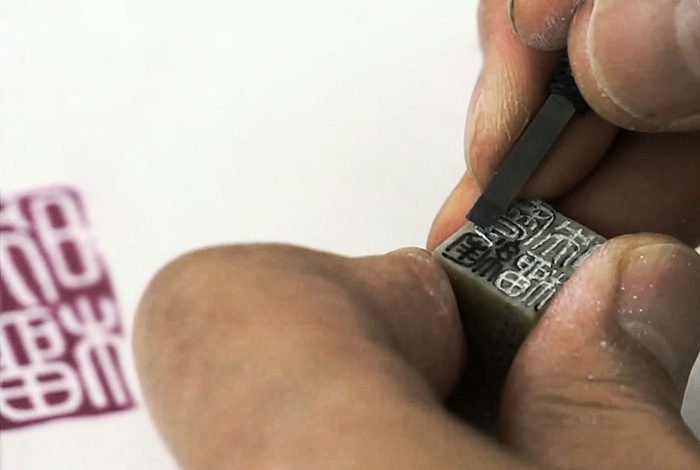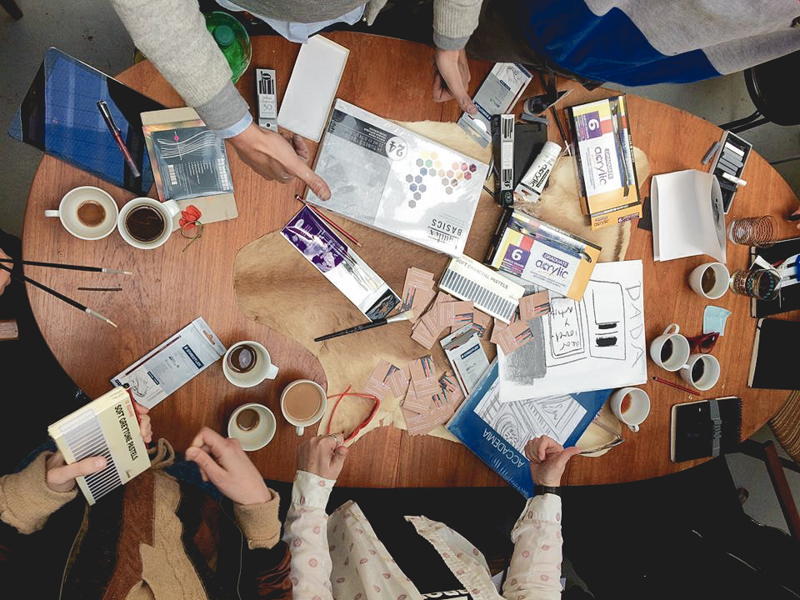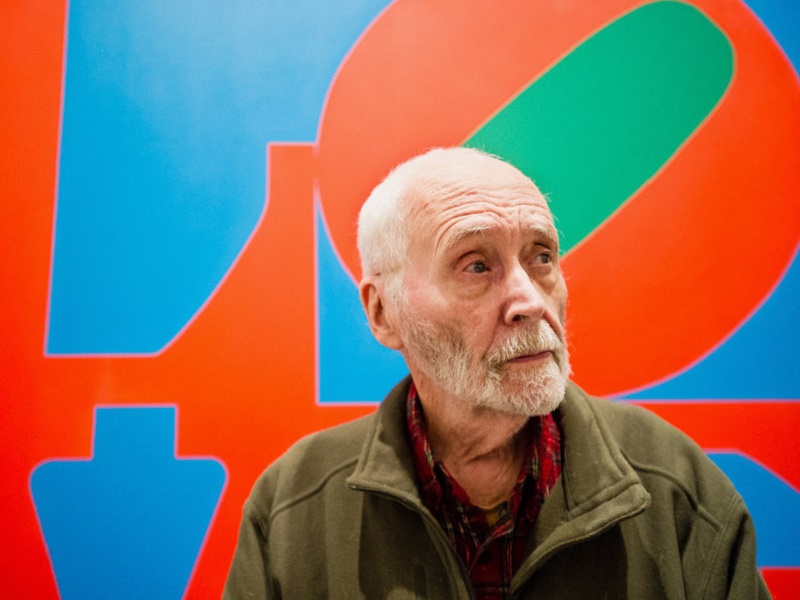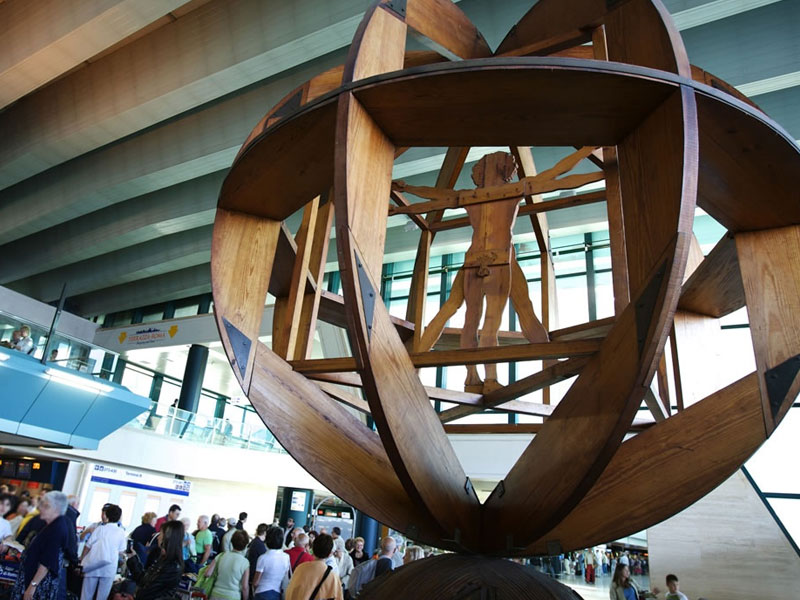
AUTHORSHIP IN ART: IS IT POSSIBLE TO BYPASS IT?
The College Art Association (CAA), a professional association of American art historians and critics, has come to the conclusion that contemporary art cannot live without copying, quoting, and reuse the existing cultural heritage. In order to settle all disputable issues, the Code of Best Practices in Fair Use for the Visual Arts has been created.
Fair use is understood by the Code developers as a legal doctrine describing exceptions to the copyright law that permit limited use of works protected by copyright under certain conditions, without the copyright holder’s authorization.
The Code developers emphasize that, although the Code cannot serve as a directive document for courts, it can still enable judges to familiarize themselves with up-to-date experiences in the professional environment prior to issuing resolutions.
In practice, the principle of fair use is mostly applied to reproductions, such as analogue and digital images, provided that the use of such images is not prohibited by the copyright owner. At the same time, the Code does not apply to works which belong to a public domain, since such works are not covered by copyright.




